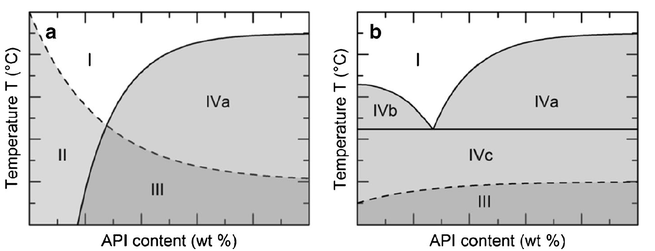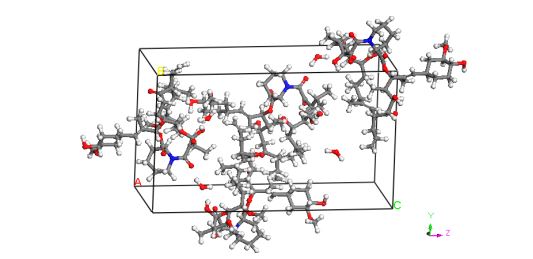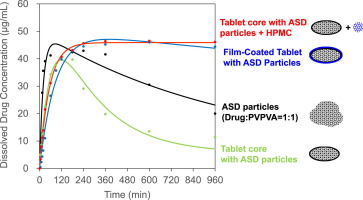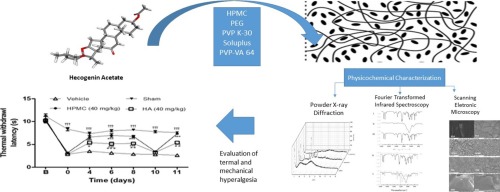- Home
- Blog
- News
- Basics
- Sources
- Agencies, Regulatory & Organisations
- CERSI Excipients Browser
- Excipient Report
- Excipient DMF List
- EXCiPACT Certified Companies
- Excipient Documentation
- Excipient EINECS Numbers
- Excipient E-Numbers
- FDA Inactive Ingredient List
- FDA GRAS Substances (SCOGS) Database
- IPEC Americas
- USP - U.S. Pharmacopeia
- Definitions
- Whitepapers / Publications
- Supplier
- Services
- Media
- Events
- 1st pharmaexcipients Poster Award
- Event Calendar
- Events featured by pharma-excipients
- 4th Annual Formulation & Drug Delivery Congress
- DDF Summit
- ExcipientFest Americas
- ExcipientFest Asia
- Global CompliancePanel
- International Conference and Exhibition on Pharmaceutics & Novel Drug Delivery Systems
- Formulation & Drug Delivery USA Congress
- Laboratory Medicine 2018
- Making Pharmaceuticals Europe
- Making Pharmaceuticals Exhibition
- Pharma Integrates
- PharmaExcipients China @CPhI China
- TTC Technology Training Center
- Jobs
- Online Sourcing
- Contact
26. September 2018
Usage of the amorphous phase of compounds has become the method of choice to overcome oral bioavailability problems related to poor solubility. Due to the unstable nature of glasses, it is clear that the method preparation of the amorphous glass will have an impact on physical/chemical stability and in turn in vivo performance. The method of preparation can also have a profound impact on the mechanical properties of the amorphous phase. We have explored the impact of preparation method on the...
20. June 2018
Itraconazole is a fungicide drug which has low bioavailability due to its poor water solubility. Amorphous solid dispersion (ASD) is a tool that has the potential to greatly increase the dissolution rate and extent of compounds. In this work, the dissolution of tablets containing the ASD of itraconazole with either hydroxypropyl methylcellulose (HPMC) or vinylpyrrolidone-vinyl acetate copolymer (PVPVA) was compared in order to find a formulation which can prevent the drug from the precipitation...
12. April 2018
The oral bioavailability of poorly water-soluble active pharmaceutical ingredients (APIs) can be improved by the preparation of amorphous solid dispersions (ASDs) where the API is dissolved in polymeric excipients. Desired properties of such ASDs like storage stability, dissolution behavior, and processability can be optimized by additional excipients. In this work, the influence of so-called low-molecular-weight excipients (LMWEs) on the phase behavior of ASDs was investigated.
12. April 2018
The long-term stability of pharmaceutical formulations of poorly-soluble drugs in polymers determines their bioavailability and therapeutic applicability. However, these formulations do not only often tend to crystallize during storage, but also tend to undergo unwanted amorphous-amorphous phase separations (APS). Whereas the crystallization behavior of APIs in polymers has been measured and modeled during the last years, the APS phenomenon is still poorly understood. In this study, the...
21. March 2018
In order to improve the aqueous solubility and dissolution of Tacrolimus (TAC), amorphous solid dispersions of TAC were prepared by hot melt extrusion with three hydrophilic polymers, Polyvinylpyrrolidone vinyl acetate (PVP VA64), Soluplus® and Hydroxypropyl Cellulose (HPC), at a drug loading of 10% w/w. Molecular modeling was used to determine the miscibility of the drug with the carrier polymers by calculating the Hansen Solubility Parameters. Powder X-ray diffraction and differential...
19. February 2018
The effects of tablet preparation and subsequent film coating with amorphous solid dispersion (ASD) particles that were composed of a drug with poor water solubility and hydrophilic polymers were investigated. ASD particles were prepared with a drug and vinylpyrrolidone–vinyl acetate copolymer (PVPVA) or polyvinylpyrrolidone (PVP) at a weight ratio of 1:1 or 1:2 using a melt extrusion technique. Tablets were prepared by conventional direct compression followed by pan coating. A mathematical...
26. January 2018
The understanding of amorphous solid dispersions has grown significantly in the past decade. This is evident from the number of approved commercial amorphous solid dispersion products. While amorphous formulation is considered an enabling technology, it has become the norm for formulating poorly soluble compounds.
24. December 2017
The preparation of amorphous solid dispersions (ASDs) is a well-established strategy for formulating active pharmaceutical ingredients by embedding them in excipients, usually amorphous polymers. Different polymers can be combined for designing ASDs with desired properties like an optimized dissolution behavior.
09. December 2017
Simulation of HME processes is a valuable tool for increased process understanding and ease of scale-up. However, the experimental determination of all required input parameters is tedious, namely the melt rheology of the amorphous solid dispersion (ASD) in question.
23. November 2017
Hecogenin acetate (HA) is an acetylated sapogenin that has shown potential antihyperalgesic activity, inhibiting descending pain and acting in opioid receptors. However, HA exhibits poor aqueous solubility, which may limit its application. This study aims to develop amorphous solid dispersions (ASD) using five hydrophilic polymers, to characterize them and to evaluate their antihyperalgesic activity.










